What is the difference between lilies and daylilies?
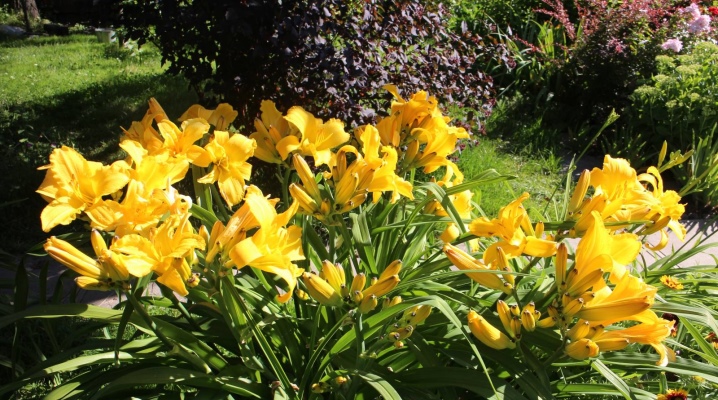
Not all of our fellow citizens have dachas, and those who do not always have reliable information about the plants on their plots. Many who are not directly related to gardening are not particularly versed in the extensive botanical classification of plants, are guided by the similar names of lilies and daylilies and the external similarity of flowers, often consider them to be plants of the same species. In fact, these are two completely different plants. It is useful for novice flower growers to learn to distinguish between lilies and daylilies, so as not to inadvertently mistake one for the other and not get confused in the peculiarities of cultivation agrotechnics.
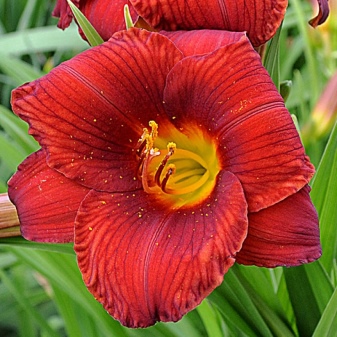
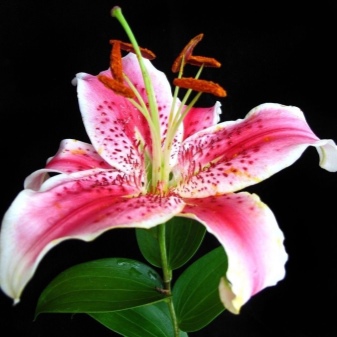
The main differences
According to the botanical classification, lilies and daylilies belong to the same class - monocotyledons, but to different families: lilies - to the lily family, and daylilies - to the Xantorrhea family. Lily differs from daylily in several ways.
- Type of. Lily is a bulbous plant, and a daylily is a rhizome.
- Growing conditions. Lilies are thermophilic and capricious, they like fertile loose soils with good drainage. Daylilies are unpretentious in care, undemanding to the composition of the soil and frost-resistant.
- Plant height. Lilies grow in height from 45 cm to 3 m (depending on the variety), daylilies - from 30 to 120 cm.
- The structure of the root system. Lily roots are scaly bulbs from which a single stem without branches grows. At the junction of the stem with the last lower leaf, a bud is formed, from which the bulb grows and gives a new stem in the next season. Daylilies have a powerful developed root system with thickenings (stolons) in which nutrients accumulate.
- The structure of leaves and stems. Lilies have one strong central stem with flower buds at the top. Leaves grow directly on the stem along the entire height, are arranged in rings or in a spiral. After flowering, lilies lose their decorative effect. In daylilies, long narrow leaves grow in a bunch from the base of the plant from the surface of the earth. The large green leaves of the daylily, extending from the soil in the form of a rosette, remain decorative even after flowering. Thin leafless flower stalks.
- The structure of flowers. The difference is that the flowers of lilies consist of 6 petals of a wide variety of shapes: cup-shaped, turban-shaped, bell-shaped, funnel-shaped, tubular (depending on the variety). They invariably have 6 stamens. Anthers on thin legs protrude beyond the flower. On the peduncle stem, the lower buds first bloom, then alternately open to the upper ones. Flowers last up to 10 days, in total, lilies bloom for about three weeks.


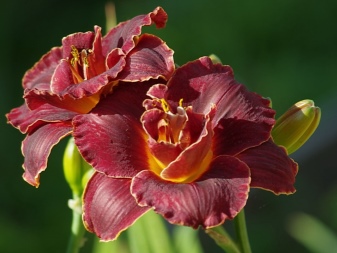

Daylily flowers consist of two layers of petals, 3 in each, 6–7 stamens in the flower and one two-lobed anther, the center of the flower (pharynx) usually has a contrasting color. Thin branching peduncles grow from the base of the plant, there are many buds at their ends, each flower lasts only 1 day. After a day, other buds bloom, and the whole plant blooms for about 25 days. Individual flowers of daylilies are slightly smaller than flowers of varietal lilies. The color of modern daylily hybrid varieties is very diverse, but the flowers are usually odorless.
- Flowering time. Lilies bloom in July and August (by variety), and daylilies from May to September. If you choose the varieties of daylilies, taking into account the timing of flowering, then you can contemplate blooming daylilies on your site throughout the warm season.
- Reproduction methods. Differences in reproduction methods are mainly due to the different structure of the root system. Lilies can be propagated by dividing bulbs, ground babies, scales, buds (bulbs), stem and leaf cuttings. Daylilies reproduce mainly by dividing the bushes, rarely by seeds.
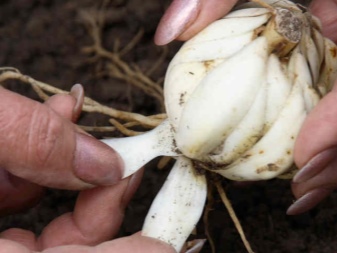

How to tell?
To accurately distinguish these flowers from each other, if they grow in the same flower bed, you need to visually inspect the plants and highlight 1-2 distinctive features.
It is best to do this by leaves and flowers, since these signs are enough to rule out a mistake. You need to see how the plant grows, what kind of flowers it has in structure.
If the leaves grow in a bunch from the base, it has several bare peduncles with buds at the top, the flower petals in two layers are a daylily. If the plant has one thick leafy peduncle stem, which has several gorgeous buds at the top with one row of 6 petals, there are invariably 6 stamens in the flower - this is a lily.
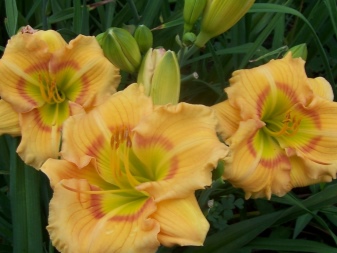
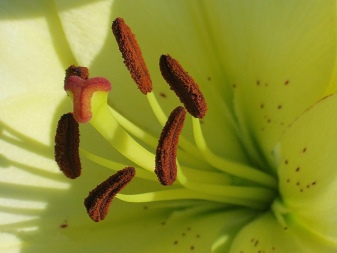
Differences in agricultural technology
When choosing plants for planting in the garden, one should take into account the agrotechnical features of growing lilies and daylilies. If you plan to create a flower garden with minimal effort and time for care, then you need to opt for daylilies. If the gardener is not afraid of painstaking care of the garden, then you can safely choose for planting a lily. Lilies need fertile, loose soil, fairly moist, in a non-flooding area, preferably with a slight slope without stagnant groundwater, so that the bulbs do not rot. Clayy heavy soils with poor water permeability and sandy areas with low moisture capacity are not suitable for lilies. Daylily grows well on ordinary garden soils.
Irrigation regimes are also significantly different. Lilies need constant moderate humidity during the entire growing cycle, but in the first half of the summer season and immediately after flowering, increased watering will be needed, as the need for increased humidity increases. Daylilies do not need additional watering, since they have powerful developed roots. The best conditions for the daylily are dry soil on top, and moist at a depth of 20–30 cm. It is not difficult to ensure this, it is enough to mulch the soil around the daylily with natural materials (sawdust, peat chips, small wood chips).

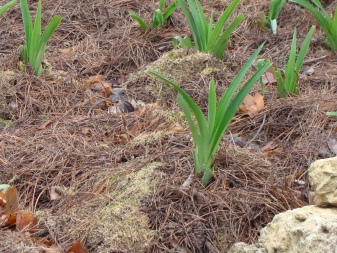
For the winter period, lilies need to be prepared. Winter hardiness of different varieties is not the same. Some of the most cold-resistant varieties for the winter are enough to mulch. There are varieties on which you need to additionally sketch out coniferous spruce branches, and some especially thermophilic varieties of lilies have to be dug out for the winter. Daylilies are not afraid of cold weather, they do not need to be covered for the winter.
Anyway the hassle of growing lilies is worth it, as they add sophistication and elitism to the garden design... It is easy to be convinced of the validity of this statement by planting varietal lilies on your site. Daylily gardeners call the flower of "intelligent lazy." With the right fit, you can completely forget about it for 5 years.
But if you take care of it and feed it in a timely manner, then the plant is very grateful for the care and will delight the owner with a healthy look and luxurious flowering.
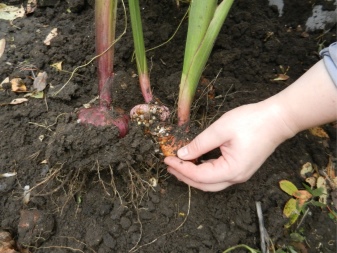
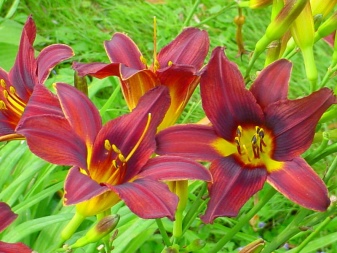
Place in the garden landscape
In landscape design, the lily is deservedly one of the main classic decorations of gardens, greenhouses and flower beds. According to the existing legend, the goddess Hera, while feeding the newborn Hercules, dropped several drops of milk on the ground. It was from them that lilies grew, these graceful beautiful masterpieces of the flora. Of course, this is just a beautiful legend. By origin, lilies and daylilies are “distant relatives”. Modern breeders are actively exploring the possibilities of crossing them to improve the decorative qualities of flowers and optimize the conditions for their cultivation.
With lilies, it is not easy to create a complex landscape composition in which it would not dominate other flowers, but complement them with its beauty. Ideal neighbors for lilies are roses, peonies, delphiniums. When combined with them, the lily looks equal, not competing. In small areas where the size of flower beds is limited, lilies look harmoniously against the background of evergreen perennials (thuja, juniper, fern).
Modern varieties of daylilies are only slightly inferior to lilies in decorativeness. Designers advise with low-growing varieties to design borders and ridges. Tall plants can be planted along fences and near large trees. Against the background of the dense crown of a large tree, bright flowers will contrast well.
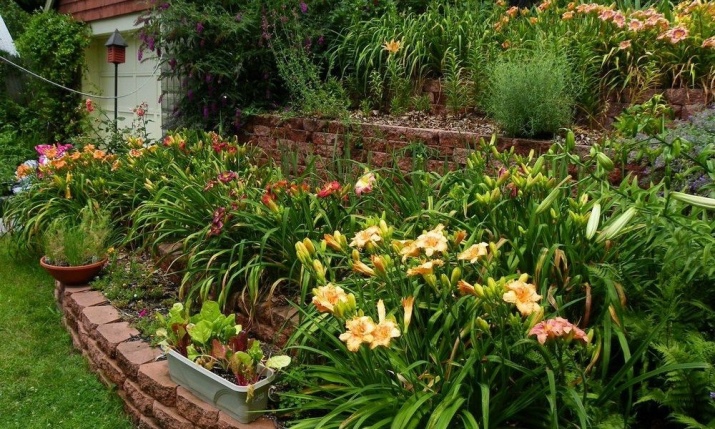



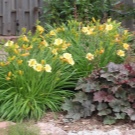

How to distinguish a lily from a daylily, see below.







































































































The comment was sent successfully.